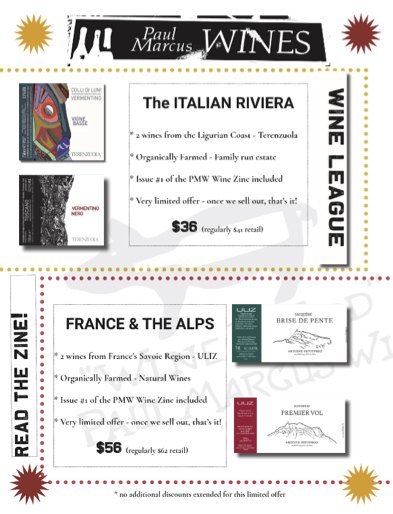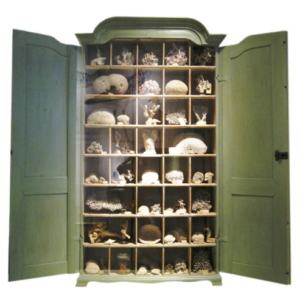 The glorious cabinet of artifacts pictured above is part of the collection at the Naturkunden Museum in Berlin. Curated in the early part of the 18th century, the cabinet showcases coral, sea sponges, and an assortment of shells – small wonders of the natural world. Curiosity, or curio cabinets have been around for hundreds of years. During the 16th and 17th centuries, curio cabinets often displayed ambitious collections of naturalia (natural artifacts), artefacta (ancient objects) and scientifica (instruments of science). These cabinets (and in some cases – entire rooms or Wunderkammer) often served as mementos of the owner-curator’s travels and life experiences. Further examination and reflection of each object assembled in a particular cabinet was meant to inspire wonder, enjoyment and further exploration.
The glorious cabinet of artifacts pictured above is part of the collection at the Naturkunden Museum in Berlin. Curated in the early part of the 18th century, the cabinet showcases coral, sea sponges, and an assortment of shells – small wonders of the natural world. Curiosity, or curio cabinets have been around for hundreds of years. During the 16th and 17th centuries, curio cabinets often displayed ambitious collections of naturalia (natural artifacts), artefacta (ancient objects) and scientifica (instruments of science). These cabinets (and in some cases – entire rooms or Wunderkammer) often served as mementos of the owner-curator’s travels and life experiences. Further examination and reflection of each object assembled in a particular cabinet was meant to inspire wonder, enjoyment and further exploration.

In the spirit of wonder, enjoyment and exploration, Paul Marcus Wines is very proud to share with you our very own (cold) curio cabinet!
Ensconced on our back wall, between our Barbaresco and Germany/Austria sections, you’ll find an eclectic collection of white, sparkling and rose wines from across the globe. And, if you look closely, you’ll even spot an artisanal beer or cider! We constantly change up and add new selections, empowering you to take a new wine adventure each time you explore our cold cabinet.
And for those of you who prefer to revisit a wine several times before moving onto a new adventure, we’ve kept the bottom shelf of the cabinet stocked with a range of reliable, go-to wines. These customer favorites will be around for a spell – or at least until we run out.
We hope that our curio cold cabinet inspires you to further explore and enjoy the world of wine. And of course, we are always available to make a recommendation, or to answer any questions that you might have.
We’ll see you at the shop!

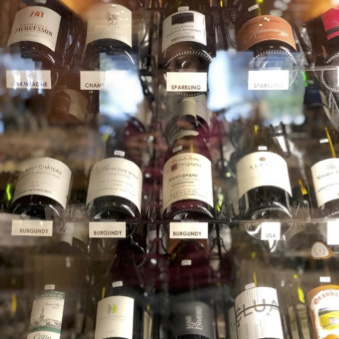
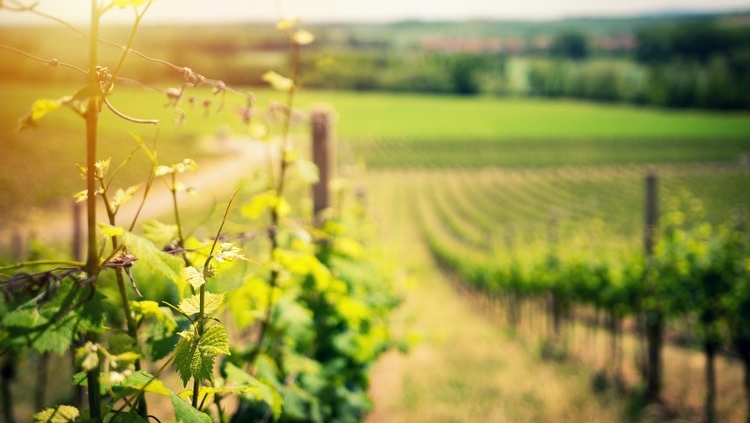
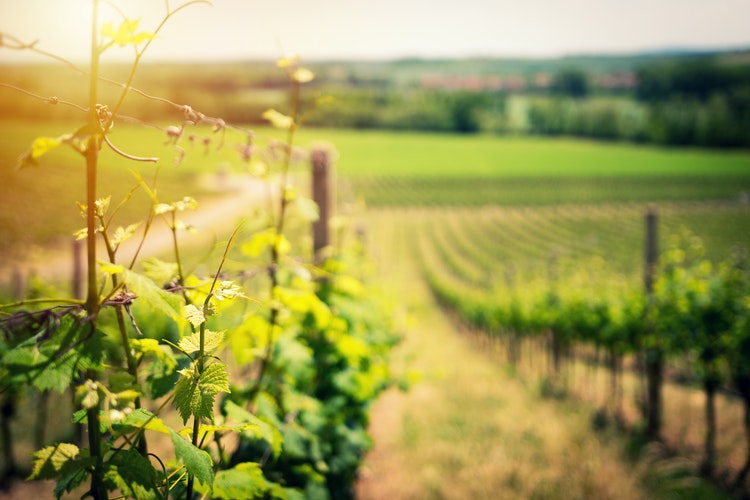




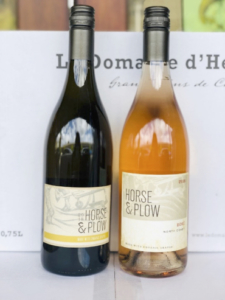
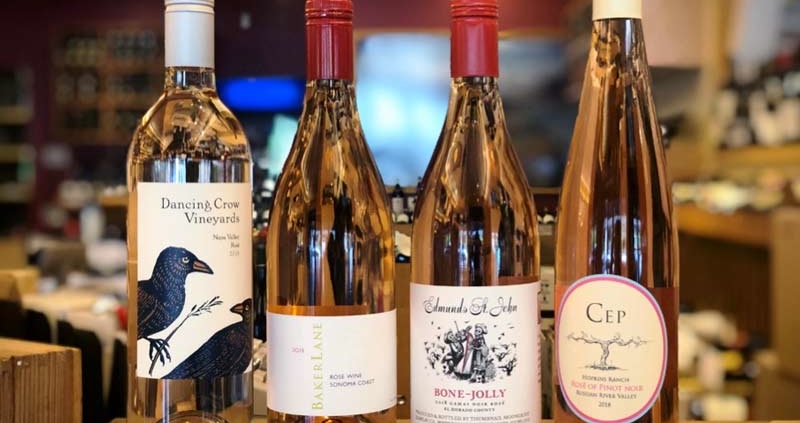
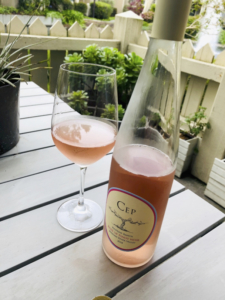 With the arrival of spring, Paul Marcus Wines is ready to showcase our growing rosé selection!
With the arrival of spring, Paul Marcus Wines is ready to showcase our growing rosé selection!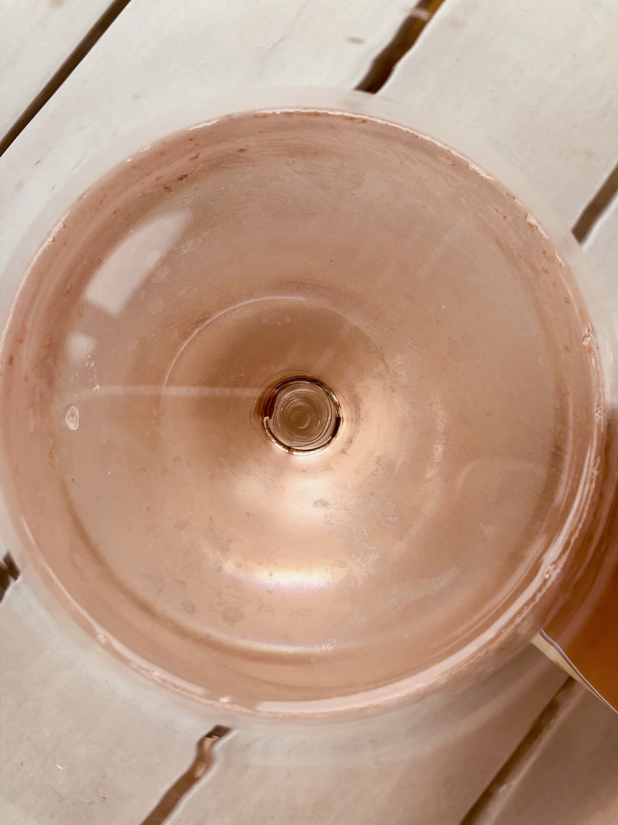
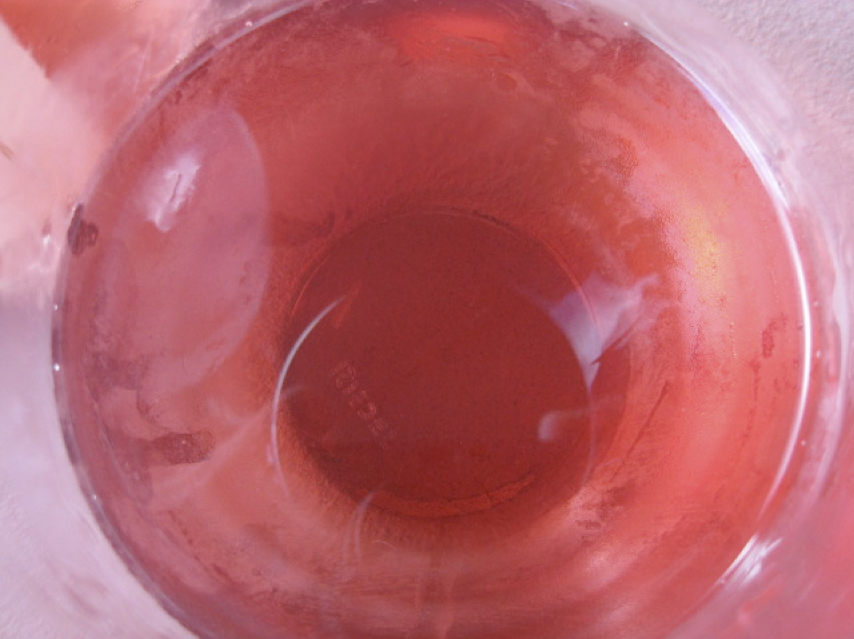
 After fermentation is complete, white and red wines (usually around 5%) are blended together in order to achieve a desired level of pink or blush tint. The blending method is rarely employed in making still rosé wines and is illegal in the EU. However, the blended method is commonly used in the production of high-quality rosé Champagne as well as high quality sparkling wines around the world. The Champagne house Billecart-Salmon produces their iconic rosé Champagne in this manner.
After fermentation is complete, white and red wines (usually around 5%) are blended together in order to achieve a desired level of pink or blush tint. The blending method is rarely employed in making still rosé wines and is illegal in the EU. However, the blended method is commonly used in the production of high-quality rosé Champagne as well as high quality sparkling wines around the world. The Champagne house Billecart-Salmon produces their iconic rosé Champagne in this manner.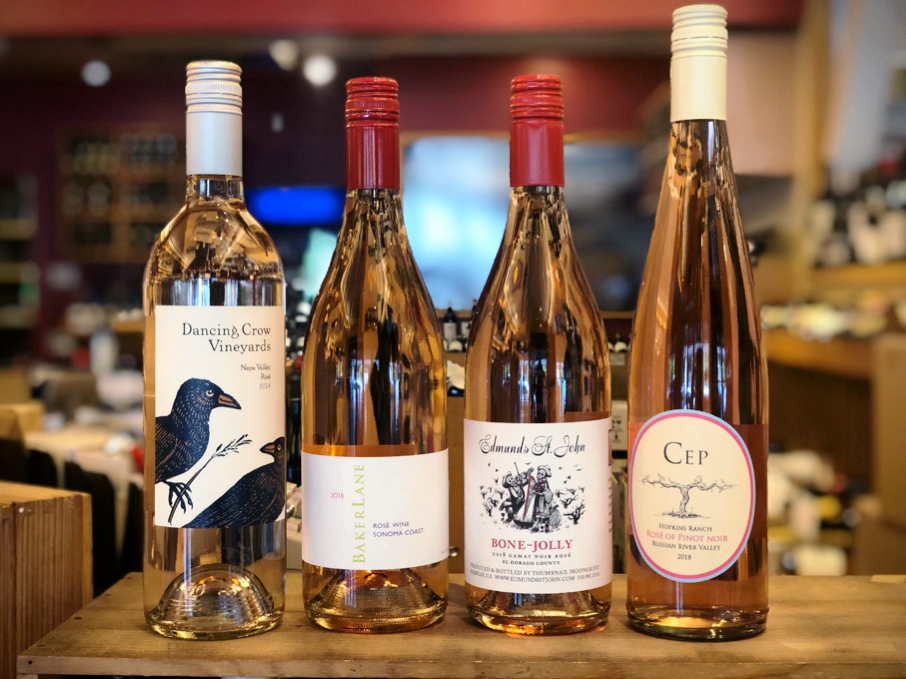
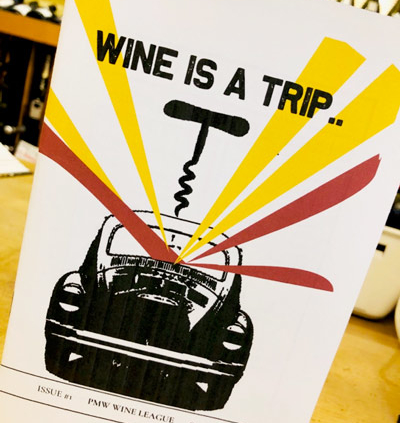
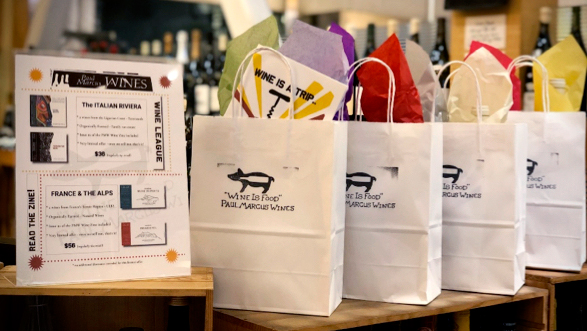 In our last newsletter we mentioned that a special project was in the works here at Paul Marcus Wines. News update: We are very pleased to announce that the PMW Wine League packs are now in the shop and ready to roll! Please note: Only a very limited number of these special bundles are available.
In our last newsletter we mentioned that a special project was in the works here at Paul Marcus Wines. News update: We are very pleased to announce that the PMW Wine League packs are now in the shop and ready to roll! Please note: Only a very limited number of these special bundles are available.